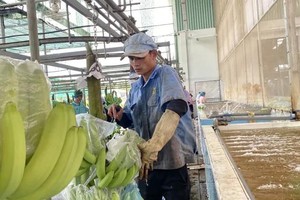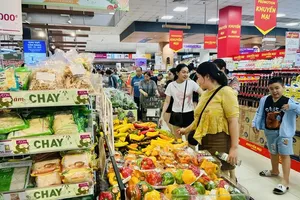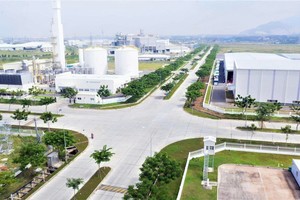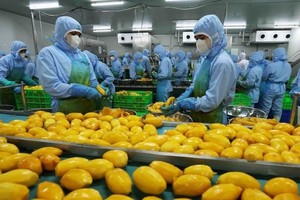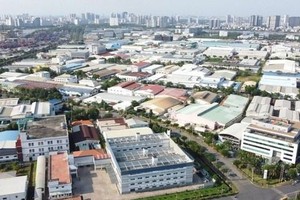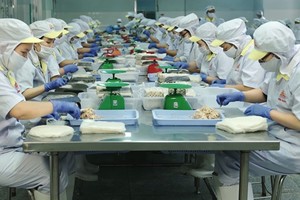The Cuu Long (Mekong) Delta suffered losses due to the severe and prolonged drought and saltwater intrusion last dry season. In addition, changes in agricultural produce exports are reasons for the Ministry of Agriculture and rural development (MARD) to re-structure the agricultural sector.
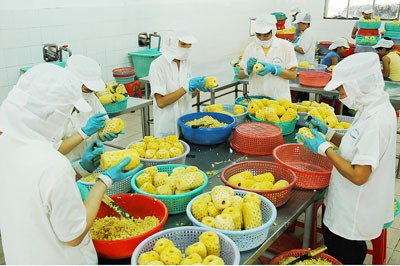
Aquatic product will be the first priority in restructering, next are fruit and vegetable and rice is the third position. This is the first time fruit and veggies are ranked as major agricultural exports.
For eight past months, veggies and fruit earned US$1.57 billion, up 130 percent compared to the same period last year while rice export decreased by 16 percent on volume and 13 percent on value to reach US$1.51 billion. Therefore, veggies and fruit exports has exceeded rice in term of turnover this year. Aquatic products; however, slowed down.
During 10 past years, fruit and veggies exports have had great potential. For instance, in 2007, veggies exports reached US$305 million and exceeded US$ 1 billion in 2013 and in 2015 it was US$2.2 billion. It is expected to gain at US$2.4 billion this year.
As Vietnam has experienced climate change, the Ministry has placed aquatic products as the top priority, next is veggie following the advice of experts. In 2007, Dr Nguyen Quoc Vong who was working as an expert in the Ministry of Agriculture in New South Wales at that time said that paddy fields accounted for 74 percent of the agricultural land with 7 million hectare mainly in the Mekong delta yet it produced less profit in each hectare; accordingly, rice farmers had income lower than other counterparts.
Vietnam hence should arrange the position of agricultural products for export. Demand of fresh fruits in the world averagely increases 3.6 percent a year while the supply just meets 2.8 percent annually according to the Food and Agriculture Organization (FAO).
To export Vietnamese fruits into big and difficult markets including Australia, New Zealand, Japan, South Korea and the US, it requires efforts of farmers, enterprises and managers especially plant protection sector.
In 2008, the US opened its market for Vietnamese dragon fruit, the plant quarantine agency No.2 under the Ministry of Agriculture and Rural Development sent its staff to the US to study requirements and liaised with the US for long time.
Vietnam won over consumers in the U.S. with its dragon fruit and rambutan in 2011, and was gaining similar support for longan, which was allowed access to the market in December 2014.
Currently, the US has agreed to buy Vietnamese dragon fruit with red and white flesh, rambutan, longan, litchi, and Vietnamese mango will enter this market by end of year. Similarly, Japan, South Korea, Chile, Taiwan (China), Australia, New Zealand have imported Vietnamese fruits.
Former director of the plant quarantine agency No.2 Dr. Nguyen Huu Dat said Vietnam decided to choose dragon fruit as the first fruit to enter the US market because no country in the world planted the fruit at this time.
To expand more difficult markets, in 2013, the Ministry set up a steering committee to develop fruit and vegetable market for export and the National Assembly approved the law to protect and quarantine plant, Vietnam has had advanced techniques to check fruits and vegetable which is key to open difficult markets.
